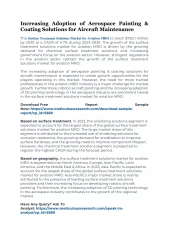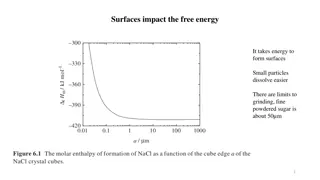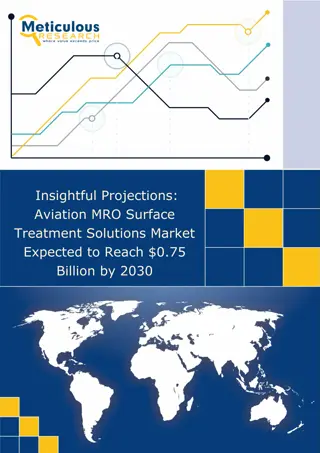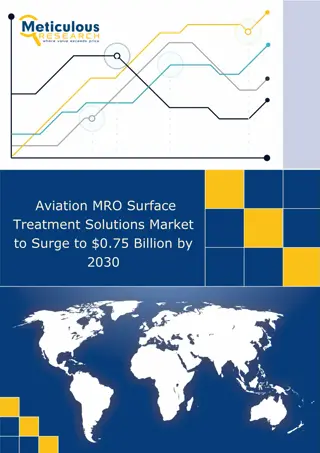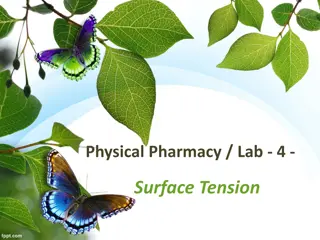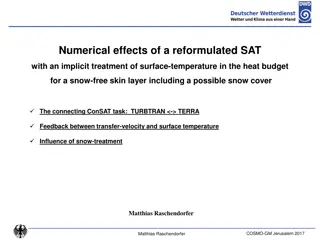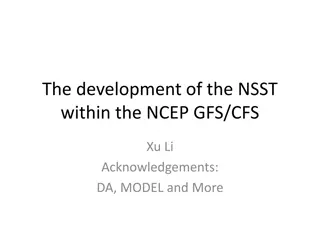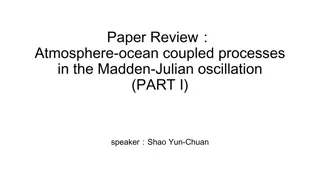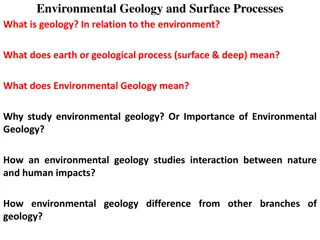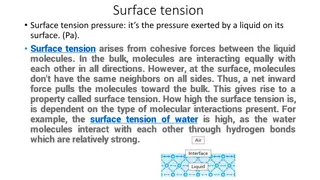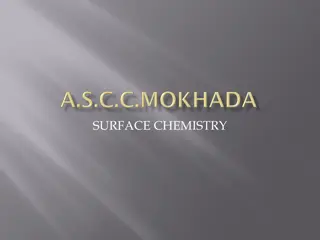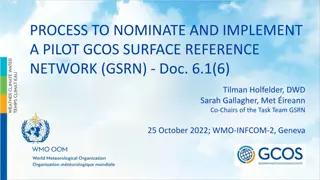Surface Osteosarcomas: Types, Features, and Treatment
Osteosarcomas can manifest as surface or juxtacortical tumors, such as parosteal and periosteal osteosarcomas. Understanding their characteristics, including histopathological findings and radiographic features, is crucial for accurate diagnosis and appropriate management. Surgical excision remains the primary treatment modality for these subtypes of osteosarcomas.
Download Presentation

Please find below an Image/Link to download the presentation.
The content on the website is provided AS IS for your information and personal use only. It may not be sold, licensed, or shared on other websites without obtaining consent from the author.If you encounter any issues during the download, it is possible that the publisher has removed the file from their server.
You are allowed to download the files provided on this website for personal or commercial use, subject to the condition that they are used lawfully. All files are the property of their respective owners.
The content on the website is provided AS IS for your information and personal use only. It may not be sold, licensed, or shared on other websites without obtaining consent from the author.
E N D
Presentation Transcript
SURFACE (JUXTACORTICAL) OSTEOSARCOMAS Although most osteosarcomas arise within the medullary cavity of bone, some cases originate in the periosteal or cortical region with little or no medullary involvement.
SURFACE (JUXTACORTICAL) OSTEOSARCOMAS Surface osteosarcoma includes the following subtypes: Parosteal osteosarcoma Periosteal osteosarcoma High-grade surface osteosarcoma
SURFACE (JUXTACORTICAL) OSTEOSARCOMAS Parosteal osteosarcoma appears as a lobulated, exophytic nodule attached to the cortex by a short, broad stalk..There is no elevation of the periosteum peripheral periosteal Radiographs may demonstrate a radiolucent line ( string sign ) that corresponds periosteum between the sclerotic tumor and the underlying cortex. and reaction. no to the
SURFACE (JUXTACORTICAL) OSTEOSARCOMAS Parosteal osteosarcoma Histopathologic examination shows a spindle cell fibroblast-like proliferation with well-developed, elongated bony trabeculae, often arranged in a parallel streaming or pulled steel wool pattern. A cartilaginous component also may be evident in some cases. Parosteal osteosarcomas are low-grade tumors, with a low risk for recurrence and metastasis following radical excision. However, longstanding or inadequately excised tumors may become higher grade osteosarcomas.
SURFACE (JUXTACORTICAL) OSTEOSARCOMAS Periosteal osteosarcoma appears as a sessile lesion that arises between the cortex and the inner (or cambium) layer of the periosteum .Thus, a periosteal reaction often is evident radiographically(Codman triangle). The tumor frequently perforates the periosteum and extends into the surrounding soft tissue. Histopathologically, the tumor demonstrates primitive sarcomatous cells with chondroblastic differentiation. Close inspection reveals focal osteoid or immature bone formation.
SURFACE (JUXTACORTICAL) OSTEOSARCOMAS Radical surgical excision is the therapy of choice. Periosteal osteosarcoma is an intermediate grade tumor, with a prognosis better than conventional intramedullary osteosarcoma but worse than parosteal osteosarcoma. High-grade surface osteosarcoma is extremely rare. This variant is similar to conventional intramedullary osteosarcoma in terms of microscopic features and biologic behavior.
CHONDROSARCOMA Chondrosarcoma is a malignant neoplasm in which the tumor cells form cartilage but not bone. Chondrosarcoma is about half as common as osteosarcoma and twice as common as Ewing sarcoma. Chondrosarcomas comprise about 11% of all primary malignant bone tumors but involve the jaws only rarely. Chondrosarcoma may develop de novo (primary chondrosarcoma) or from a preexisting benign cartilaginous tumor (secondary chondrosarcoma). The histogenesis is controversial; investigators have hypothesized that the tumor may originate from chondrocytes, embryonal chondroid, or pluripotential mesenchymal stem cells.
CHONDROSARCOMA Gnathic chondrosarcomas exhibit a predilection for the anterior maxilla. In contrast, mandibular tumors tend to favor the posterior region. According to one large case series, chondrosarcomas of gnathic and facial bones occur over a broad age range with peak prevalence in the seventh decade and a mean age at diagnosis of approximately 42 years.
CHONDROSARCOMA A painless swelling is the most common presenting sign.In contrast to osteosarcoma, pain is an unusual complaint. Jaw lesions may cause separation or loosening of teeth. Maxillary tumors may cause nasal obstruction, congestion, epistaxis, photophobia, or visual loss.
CHONDROSARCOMA Radiographically, chondrosarcoma usually appears as an ill-defined radiolucency with radiopaque foci. These radiopaque foci correspond to calcification or ossification of the cartilage matrix. Penetration of the cortex can result in a sunburst pattern similar to that seen in some osteosarcomas. Jaw tumors may cause root resorption or symmetrical widening of the periodontal ligament space of adjacent teeth.
CHONDROSARCOMA Chondrosarcomas are composed of cartilage showing varying degrees of maturation and cellularity. In most cases,lacunar formation within the chondroid matrix is evident, although this feature may be scarce in poorly differentiated tumors. The tumor often shows a lobular growth pattern.
CHONDROSARCOMA Chondrosarcomas may be assigned a histopathologic grade of I through III. Low-grade tumors closely resemble normal cartilage and may be very difficult to distinguish from chondromas. With increasing tumor grade, there is a decreased amount of cartilaginous matrix but increased cellularity,nuclear size, nuclear pleomorphism, binucleated or multinucleated chondrocytes, cellular spindling, mitotic activity, and necrosis. Most chondrosarcomas of the jaws are grade I or II.
Variants Uncommon microscopic variants of chondrosarcoma include the following: Clear cell chondrosarcoma. Dedifferentiated chondrosarcoma Myxoid chondrosarcoma Mesenchymal chondrosarcoma
Treatment Surgical resection is the mainstay of treatment for chondrosarcoma.Curettage followed by cryosurgery may be an alternative for grade I chondrosarcomas confined within bone, although this technique mainly is used for long bone tumors. Radiation and chemotherapy are less effective for chondrosarcoma than osteosarcoma and are used primarily for high- grade chondrosarcomas. Radiation also may be considered for residual, recurrent, or unresectable disease.
Prognosis Head and neck chondrosarcomas typically are locally aggressive with low metastatic potential. Metastasis mainly is seen among rare high-grade tumors. Nevertheless, death may occur by direct extension into vital structures. In particular, maxillary tumors often are large at diagnosis, occur adjacent to the central nervous system, and are difficult to resect; therefore, they are difficult to cure.


